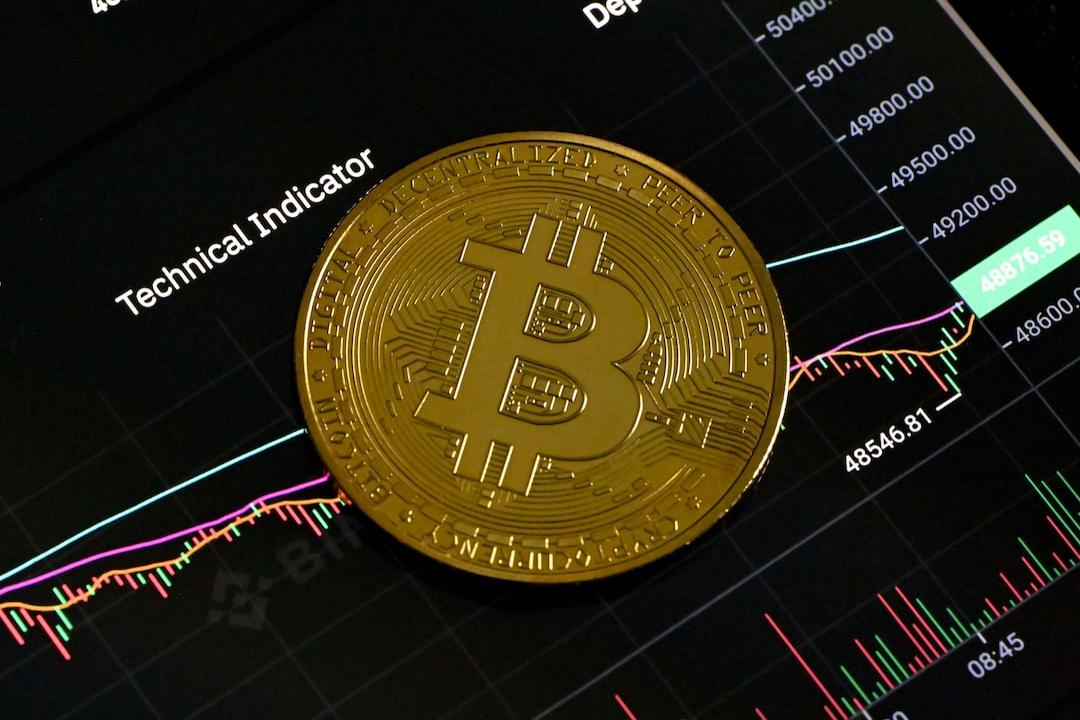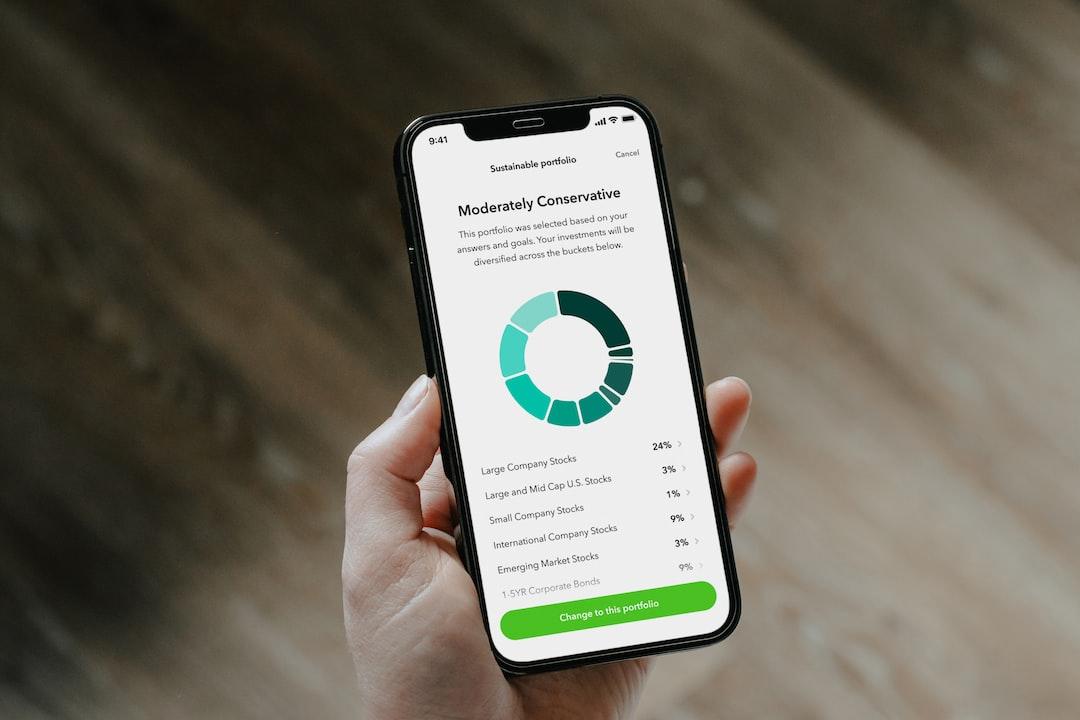Here is a creative re-expression of the article:
The Etching Enigma: Bitcoin’s Runes Decline Puzzles the Crypto Realm
In a surprising twist, the vibrant artistry that once adorned the Bitcoin blockchain has experienced a dramatic downturn. The number of new Runes, a novel token standard, etched onto the network has plummeted below 250 per day over the past six days, a staggering 99% decline from its peak in late April.
The meteoric rise and sudden fall of this digital inscription phenomenon has left the crypto community captivated. Just a week after its launch on April 20, the fourth Bitcoin halving block, Runes saw an average of 14,700 new etchings per day, culminating in a record-breaking 23,061 on April 26, according to a Dune Analytics dashboard curated by RUNES.IS.

The Ebb and Flow of Bitcoin’s Runes: A Graphical Representation
Source: Dune Analytics
Runes, a groundbreaking token standard, empowered meme enthusiasts and non-fungible token aficionados to inscribe their beloved artwork, images, audio, and videos onto the immutable Bitcoin network. This novel approach provided a much-needed revenue boost for Bitcoin (BTC) miners, who were seeking to mitigate the impact of the recent halving event, which saw the block subsidy slashed to 3.125 BTC, valued at $196,800 at current prices.
However, the recent decline has cast a shadow on the miners’ newfound windfall. On May 13, a mere 157 Runes were etched, contributing a mere $3,835 in transaction fees to the Bitcoin mining ecosystem, a far cry from the hundreds of thousands of dollars miners were reaping daily in late April.
Despite this downturn, the Runes protocol has already generated a staggering $4.5 million in transaction fees for Bitcoin miners since its inception on April 20, averaging around $189,000 per day.
While the number of Runes etched has plummeted, their impact on the Bitcoin network remains significant. In May, Runes transactions have continued to dominate the majority of all transactions, with a thriving ecosystem emerging on marketplaces like Magic Eden, OKX, Ordinals Wallet, and UniSat.

Key Metrics from the Runes Protocol on May 13
Source: X
Runes, the brainchild of Ordinals inventor Casey Rodarmor, aims to utilize blockspace more efficiently than its primary competitor, BRC-20s, according to Binance Research. Unlike BRC-20s, Runes are compatible with Bitcoin’s unspent transaction output (UTXO) model, allowing UTXOs to hold balances of arbitrary fungible tokens.
Rodarmor, however, has been quick to clarify that Runes are not the “future of finance,” but rather a platform for degens to indulge in the playful exploration of Bitcoin’s capabilities.
As the crypto community grapples with the ebb and flow of the Runes phenomenon, the question remains: Will this digital artistry stage a comeback, or has the initial frenzy faded into the ether of Bitcoin’s ever-evolving landscape?

